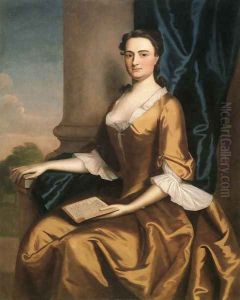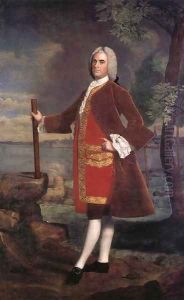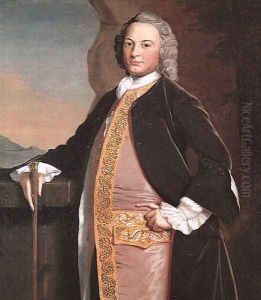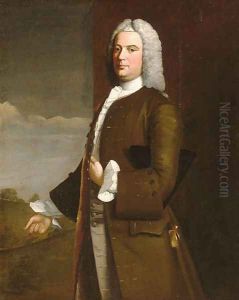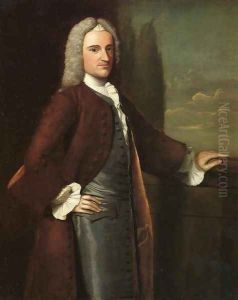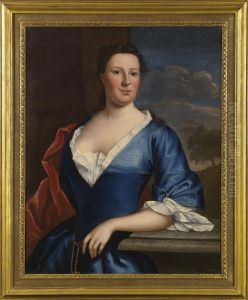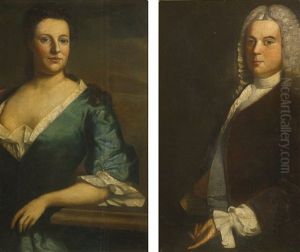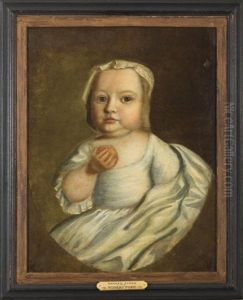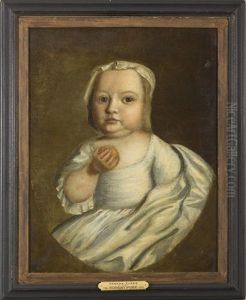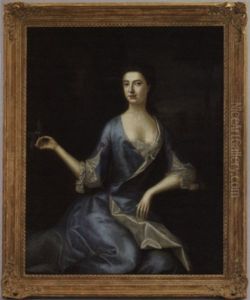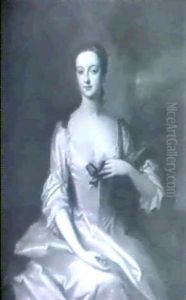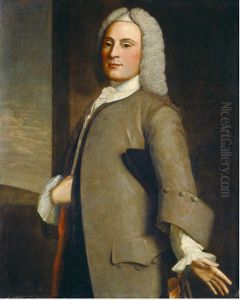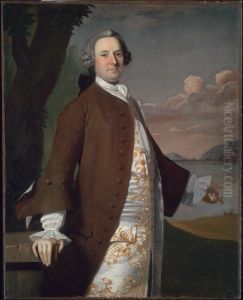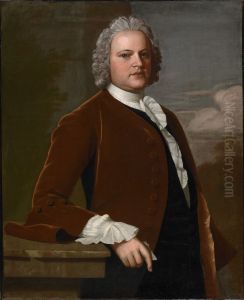Robert Feke Paintings
Robert Feke was an American colonial era painter born around 1707 in what is now Oyster Bay, New York, or possibly in nearby Newport, Rhode Island. He is considered one of the earliest American-born portrait painters of note. Information about Feke's life is scarce, and much of what is known is shrouded in mystery and speculation.
Feke's early life is not well-documented, but it is believed that he was largely self-taught as an artist. He may have had some exposure to the work of European masters through imported prints and paintings, which were available in the colonies. There is also speculation that he could have traveled to Europe, possibly to London, to study art, though no records have been found to confirm this.
Feke's painting career began to flourish in the 1740s. His style was influenced by the grand manner of English portrait painting, particularly the work of Sir Godfrey Kneller and Thomas Hudson. Feke's portraits are known for their elegance and for the detailed rendering of textiles and lace, showcasing his sitters' wealth and status. His work was characterized by a strong grasp of lighting and a sophisticated use of color.
Among Feke's most notable works are the portraits of Brigadier General Samuel Waldo, the Tench Francis family, and Isaac Royall and His Family. These paintings not only reflect the aesthetic sensibilities of the time but also provide valuable insights into colonial American culture and social hierarchy.
The circumstances of Feke's death are unclear, with some sources suggesting he died at sea around 1750-1752. Despite his relatively short career and the limited number of his surviving paintings, Robert Feke played a significant role in the development of early American portraiture and set a precedent for future American artists.
